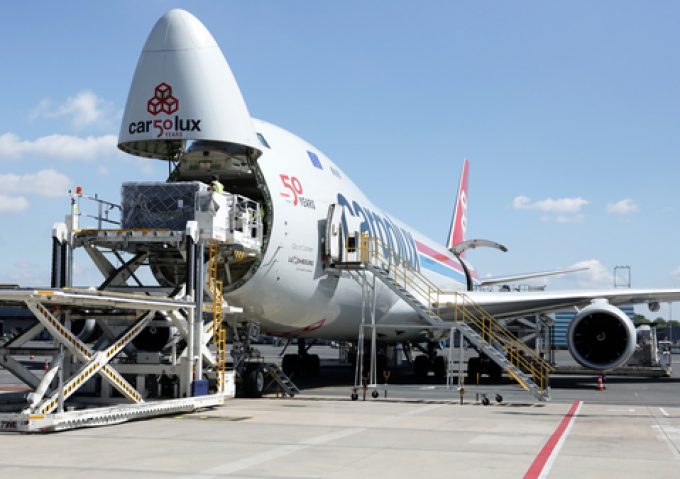Air cargo matures at last, as online booking grows in popularity
Has the air cargo industry finally grown up? Xeneta’s Niall van de Wouw said today ...

Competition is heating up between air and rail for New Silk Road cargo.
Last week, for example, China’s Henan province held a conference to promote the ‘Air Silk Road’, between Zhengzhou and Luxembourg, which has seen rapid cargo growth in recent years.
Backed by Henan Aviation Development and Investment Group and Luxembourg’s freighter airline, Cargolux, the Air Silk Road can, they said, “overcome infrastructure challenges posed by overland transport.”
Cargolux reportedly said it had operated more than 11,000 flights along the route, carrying ...
Trump tariffs see hundreds of cancelled container bookings a day from Asia
'Disastrous' DSV-Schenker merger would 'disrupt European haulage market'
'To ship or not to ship', the question for US importers amid tariff uncertainty
'Chaos after chaos' coming from de minimis changes and more tariffs
List of blanked transpac sailings grows as trade war heats up and demand cools
EC approves DSV takeover of DB Schenker
Shippers in Asia restart ocean shipment bookings – but not from China
Forto 'sharpens commercial priorities' as it lays off one-third of staff
India withdraws access for Bangladesh transhipments, in 'very harmful' decision
'Tariff hell' leaves industries in limbo – 'not a great environment to plan'
IndiGo fleet expansion plan will include a major push to boost cargo volumes
Pre-tariff rush of goods from US to China sees air rates soar, but not for long

Comment on this article